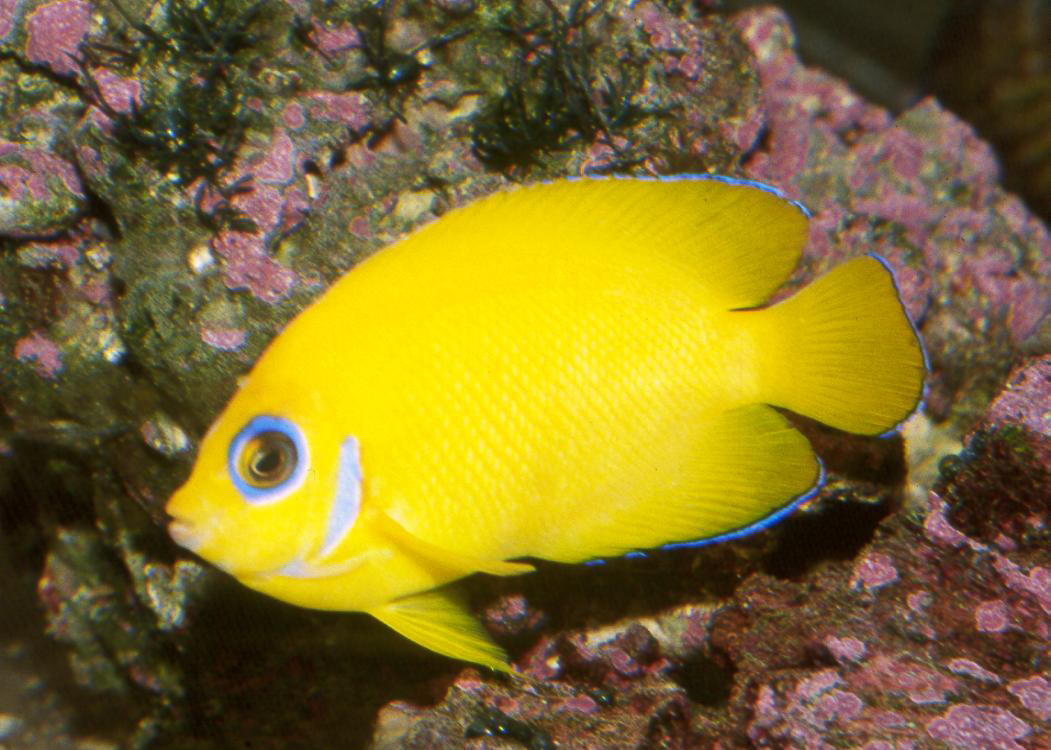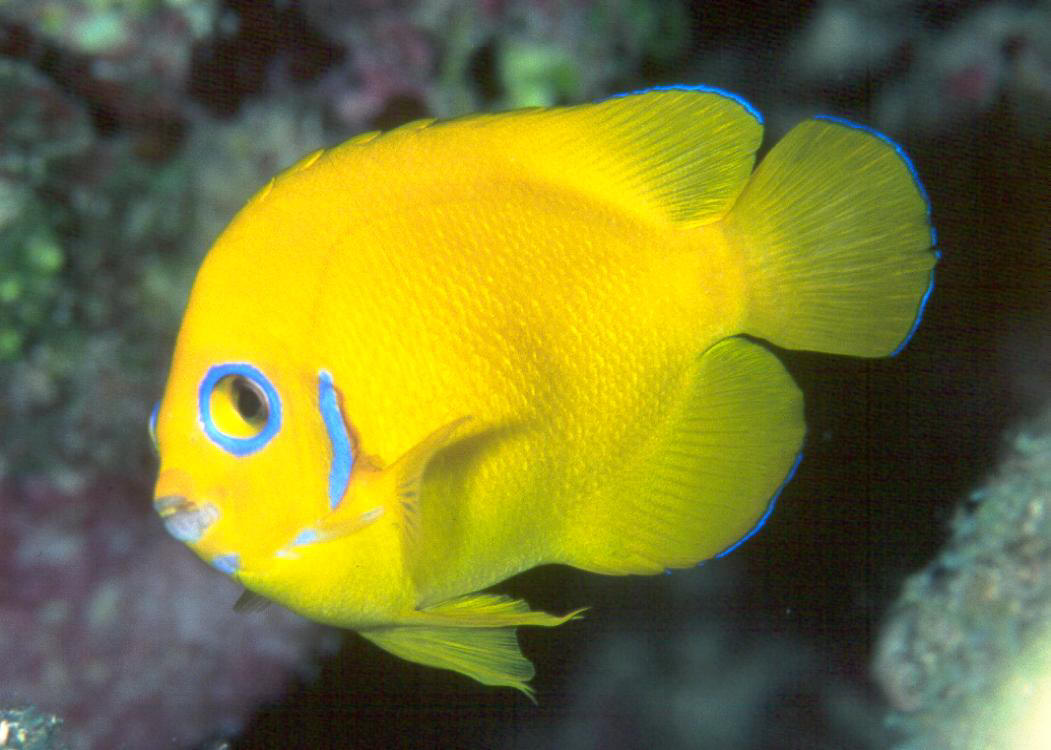Archive 154: Daily Pix FULL SIZE
(For personal use only: NOT public domain)
(Mmm, right click, add, set as background...)
To: Today's: Desktop size
download , Today's FAQs, SW Archive
100, SW Archive
101, SW Archive
102, SW Archive
103, SW Archive
104, SW Archive
105, SW Archive
106, SW Archive
107, SW Archive
108, SW Archive
109, SW Archive
110, SW Archive
111, SW Archive
112, SW Archive
113, SW Archive
114, SW Archive
115, SW Archive
116, SW Archive
117, SW Archive
118, SW Archive
119, SW Archive
120, SW Archive
121, SW Archive
122, SW Archive
123, SW Archive
124, SW Archive
125, SW Archive
126, SW Archive
127, SW Archive
128, SW Archive
129, SW Archive
130, SW Archive
131, SW Archive
132, SW Archive
133, SW Archive
134, SW Archive
135, SW Archive
136, SW Archive
137, SW Archive
138, SW Archive
139, SW Archive
140, SW Archive
141, SW Archive
142, SW Archive
143, SW Archive
144, SW Archive
145, SW Archive
146, SW Archive
147, SW Archive
148, SW Archive
149, SW Archive 150, SW Archive 151, SW Archive 152, SW Archive 153, SW Archive 155, SW Archive 156, SW Archive 157, SW Archive 158, SW Archive 159, Freshwater
Pic of the Day Link,
|
 |
| Centropyge eibli
Klausewitz 1963, Eibl's Dwarf Angel (1), is an excellent
aquarium species, especially coming from Sri Lanka, its principal
source, though found all over the eastern Indian Ocean over to the
Maldives. Closely related to Centropyge vroliki of the
Pacific, with which it hybridizes. Aquarium pix |
|

|
| Centropyge flavissima
(Cuvier 1831), the True or just the Lemonpeel Dwarf Angel, (3) look
for and pay the extra-cost for Indian Ocean specimens (Christmas
and Cocos-Keeling Islands)(1-2); they are much more likely to live.
Aquarium pic. |
 |
| Centropyge flavissima
(Cuvier 1831), the True or just the Lemonpeel Dwarf Angel, (3) look
for and pay the extra-cost for Indian Ocean specimens (Christmas
and Cocos-Keeling Islands)(1-2); they are much more likely to live.
Aitutaki, Cook Islands. |
 |
| Hybrids on parade! Here is a
cross between Centropyge flavissimus X Centropyge
vroliki. As is oft-stated re "hybrid vigor"
(heterosis), these crosses are even hardier, more ready-adapted to
aquarium conditions than their "pure" parentage.
(Takeshita 1976). Interzoo 08 |
|
|

